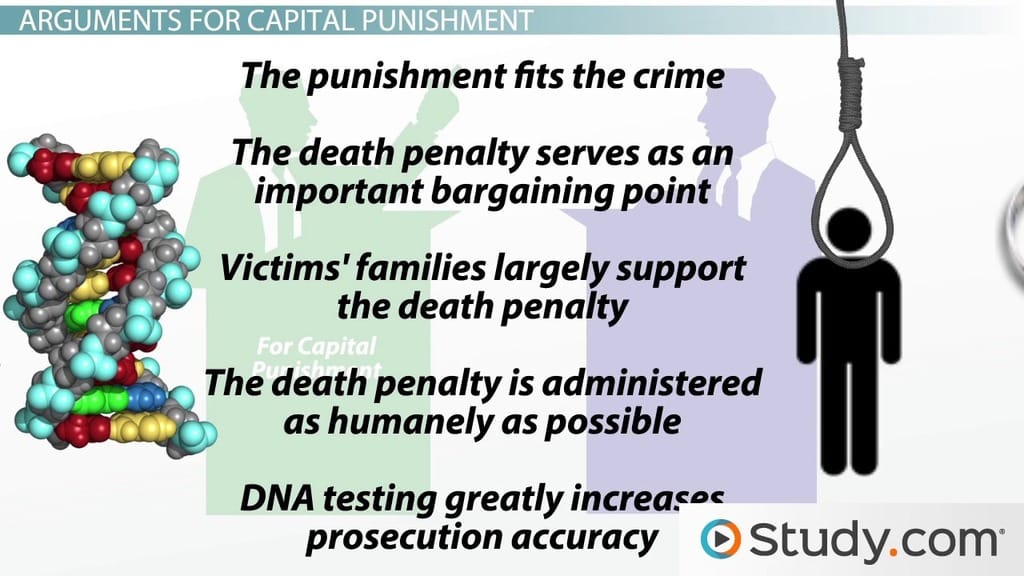Everyone has heard about capital punishment at one point or another. However, there is usually some confusion as to what it actually means, as well as controversies surrounding it.
The primary job of the judicial system is to ensure equality and fairness and to ensure that everyone abides by the law. Unfortunately, there are those who intentionally break the law and even try to escape punishment.
It has become a normality for the innocent to pay for the crime and the guilty to go scot-free. This is where capital punishment comes in.
An introduction to Capital punishments
Capital punishment is the penalty given to an offender in the form of a death sentence after a conviction by a court of law. It is the deliberate killing of a person for crimes committed against the state.
This is also called the death penalty or judicial homicide.
In ancient times, the government passed harsh and cruel capital punishment on offenders. The first established death penalty laws date as far back as the Eighteenth Century B.C. in the Code of King Hammurabi of Babylon, which codified the death penalty for 25 different crimes.
Historically, executions were public events that drew large crowds. In the U.S., witnesses often come to see the execution of various criminals.
The crimes that attract capital punishment are also called capital crimes or capital felonies. These crimes vary in different states.
Many countries consider murder and s3xual assault as capital crimes. Others include genocide, s3xual assault, treason, drug trafficking, and crimes against the government.
Types of Capital Punishment

Capital punishments vary from country to country. Some practice old methods, while others have advanced to less brutal ways of execution.
Traditional methods
- Beheading
- Impalement
- Burning alive
- Death by animals which includes trailing by horses or elephants.
- Boiling to death
- Disembowelment
- Drowning
- Poisoning
- Starvation
- Strangling
- Stoning
Recent methods Of Capital Punishment
- Hanging is one of the ways in which the Nigerian government executes criminals. It was originally an ancient method, but many still use it to date.
- Lethal injection is another popular method that involves injecting convicts with chemicals. This causes a severe heart attack that kills the victim within minutes. According to some, it is the quickest and least painful method of capital punishment.
- Shooting involves a group of officers firing bullets into the convict. Oftentimes, it could be a single shot to the head or it could be a firing squad.
- There is also the electric chair that involves strapping the person to a metal head and firing thousands of electric bolts into their brain. This immediately causes brain damage and quick death.
- Used in the United States, the gas chamber is considered the most dangerous, most complicated, most time-consuming, and most expensive method of administering the death penalty. The condemned person is strapped into a chair within an airtight chamber, and the executioner activates a mechanism that drops potassium cyanide (or sodium cyanide) pellets into a bath of sulfuric acid beneath the chair. The ensuing chemical reaction generates lethal hydrogen cyanide gas, visible to the condemned, who is advised to take several deep breaths to speed up unconsciousness. Nonetheless, the person often convulses and drools and may also urinate, defecate, and vomit.
Effectiveness of Capital punishment

There has always been a great deal of controversy surrounding the issue of capital punishment. Many consider it dehumanizing as the offenders go through a difficult time before the state kills them off.
One of the reasons for this antipathy is that capital punishment cannot be undone. Oftentimes, innocent people die, as in the case of Cameron Todd Willingham, who died by lethal injection for allegedly killing his daughters. He is one of the many convicts that the state has convicted wrongfully.
Many consider it a miracle if a law court retracts a death sentence.
Supporters of capital punishment believe that the culprit should face capital punishment for their heinous crimes. This is especially prevalent in the case of murder convicts for the crime of taking the lives of others.

What most people don’t know is that sometimes, innocent people go to jail for the wrong reasons. An example is the case of the famous Central Park five: Kevin Richardson, Raymond Santana, Antron McCray, Yusef Salaam, and Korey Wise. These boys spent over 13 years in prison, paying for a crime they did not commit – the rape of a young woman. They are only a small percentage of the millions of people wrongfully sentenced to prison and death.
Many go to prison based on racial profiling, false eyewitnesses, false testimonies, and much more.
Thankfully, many countries have abolished capital punishment and decided on long prison sentencing or banishment. However, this is not the case in countries like the US, Japan, China, and Saudi Arabia which still practice this gruesome act to date.





